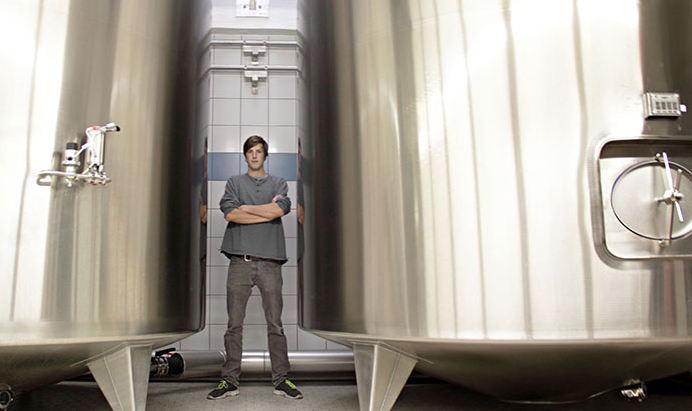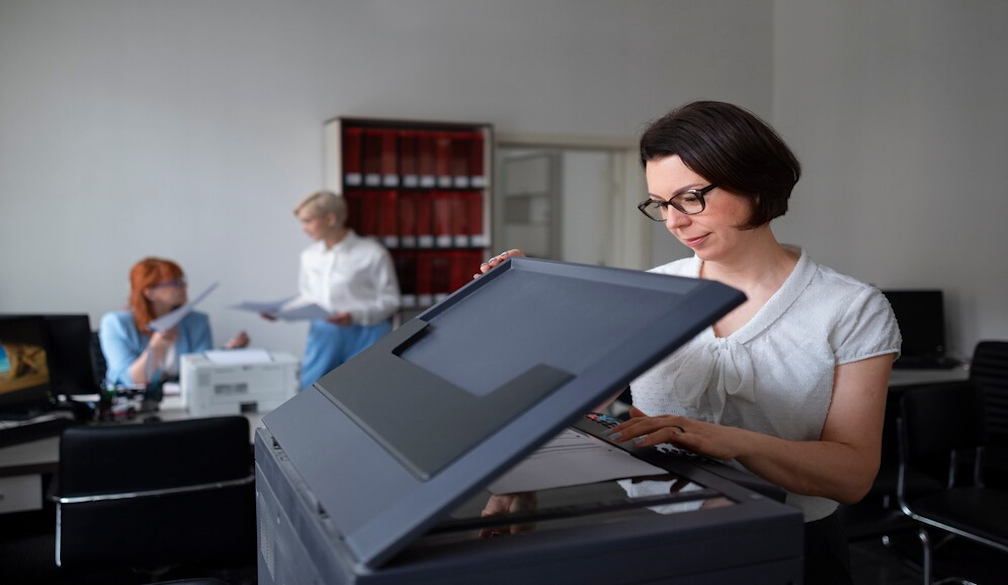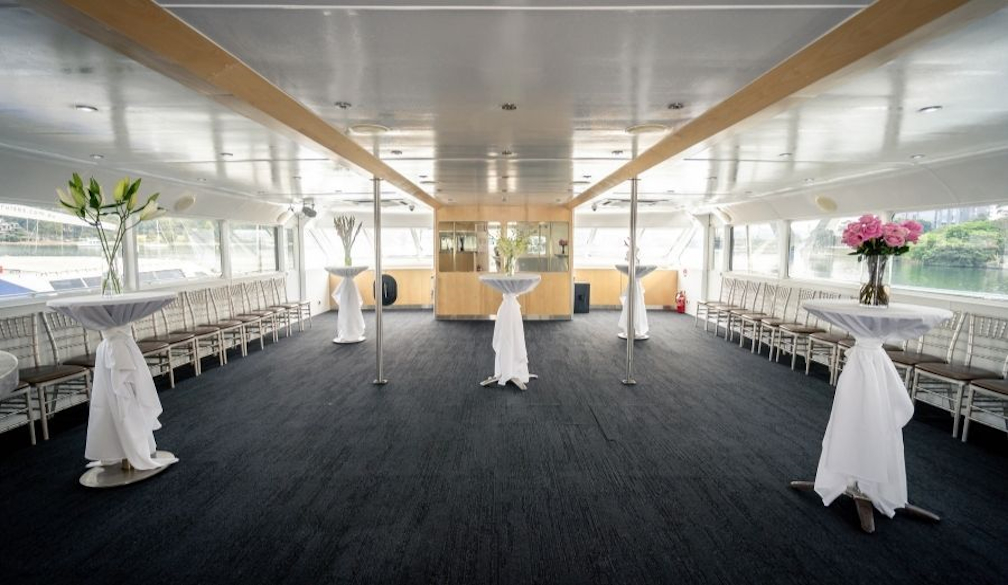In the debate about Australian content on TV, we need to look further than the ABC
- Written by Denis Muller, Senior Research Fellow in the Centre for Advancing Journalism, University of Melbourne

One of the main functions of the media is to tell a society’s collective story, both to the society itself and to others.
People instinctively grasp the importance of this, and an established way of assessing how well a society does it is to quantify the local content appearing in its media, especially on television.
In Australia, this issue is always lying just under the surface of public debate, and occasionally breaks through to open controversy. It usually takes the form of an argument about how much local content, especially drama, is shown on ABC TV.
Read more: Missing in action: the ABC and Australia’s screen culture
A controversy like this is happening now, as the Senate Environment and Communications References Committee inquires into the kind and quantity of Australian content on broadcast, radio and streaming services.
However, the submissions made to the inquiry show that it is misleading nowadays to focus the debate primarily on the performance of ABC TV.
Going digital
Digitisation is changing viewer habits radically, and in today’s globalised world there is a significant international component on both the production and distribution sides of the local content industry.
Of course, the ABC remains a very important part of the industry, and its obligation to make and show local content is alluded to in its charter.
The charter requires the ABC to broadcast programs that contribute to a sense of national identity; that reflect the cultural diversity of the Australian community, and that tell other countries about Australia and Australian attitudes on world affairs.
Read more: Is a quota the key to getting Netflix and co. to spend more on Australian content?
So it matters that the ABC’s investment in local content over the past two years has fallen: in documentaries and factual by 55%; in drama by 22% and in narrative comedy by 17%.
At the same time, the free-to-air commercial television networks are meeting their quotas of local content, even as their revenue falls under pressure from online platforms, whose advertising revenue is now more than double that of the networks.
In some respects, they are meeting their quotas comfortably, although it should be noted that their “documentaries” include reality TV programs.
The bigger picture
There are now significant global factors at work, affecting both the program-making and distribution sides of local content.
On the program-making side, data from Screen Australia, the federal government’s film-funding agency, show that in 2016/17, the total Australian expenditure on local drama production was $1.28 billion, nearly half of which - $610 million – came from foreign sources.
The $1.28 billion represented a year-on-year increase of more than 50%.
On the distribution side, online streaming has been transformative. Netflix’s submission to the inquiry captures the essence of this:
The borderless nature of the internet expands opportunities for distribution, pushing Australian content creators to compete with producers from around the world.
This growth was not driven by artificial demand generators such as quotas, funds, or minimum investment requirements. Australian creators are creating high quality content, and succeeding on a global stage.
This shift in distribution systems presents a challenge to Australian policymakers. Local content rules for the commercial television sector are still based on quotas: the number of broadcast hours devoted to showing local content.
Read more: With the rise of subscription and online TV, we need to rethink local content rules
Streamed services do not count as broadcast, and so the local content quota system does not apply to them.
Therefore, as streaming services become increasingly dominant, the relevance of the existing quota system as a way of assessing how well Australia’s electronic media tell the national story declines.
Audience habits
Data from the broadcasting regulator, the Australian Communications and Media Authority (ACMA) on audience viewing habits reinforce the point. They show that the trend away from broadcast and towards streaming services is accelerating, especially among younger people – those aged 18 to 34.
The generational differences are stark.
Then there is this killer statistic: among all adult age groups, free-to-air television viewing declined from 88.15% in 2010-11 to 80.70% in 2016-17. In round numbers, eight percentage points in six years.
Meanwhile, the ABC and commercial television companies are developing partnerships with big global distributors such as Netflix, to make and export Australian drama content via streaming. Two big-ticket items are Glitch and Pine Gap, both made in a collaboration between Netflix and the ABC.
However, a further challenge for policy-makers is that these global markets are not regulated in the same way as domestic broadcasting. It is an open market, like the market in films, books, magazines and newspapers.
As matters stand, the highly regulated broadcasting system stands separate from streaming. If a commercial licensee is making and showing local content internationally via streaming services like Netflix, why should that not count towards the fulfilment of its local content obligations?
The ABC is already a quite successful player in the streaming market. According to the ABC’s chief financial officer, ABC iView remains second only to Netflix as Australia’s most popular video-on-demand service.
However, over the past five years, the ABC’s budget has been cut by $200 million.
Free TV Australia makes the point in its inquiry submission that television is a growing export market. It wants government support to assist local producers to participate.
The same applies to the ABC. If the Federal Government wants the ABC to continue growing in this burgeoning sector, and really values the telling of Australian stories to new global audiences, it might consider expenditure in this area to be an investment in exports, rather than a reluctant handout to a cultural enemy.
Authors: Denis Muller, Senior Research Fellow in the Centre for Advancing Journalism, University of Melbourne

















